- Region
- Vega baja
- Marina Alta
- Marina Baixa
- Alicante
- Baix Vinalopo
- Alto & Mitja Vinalopo
-
ALL TOWNS
- ALICANTE TOWNS
- Albatera
- Alfaz Del Pi
- Alicante City
- Alcoy
- Almoradi
- Benitatxell
- Bigastro
- Benferri
- Benidorm
- Calosa de Segura
- Calpe
- Catral
- Costa Blanca
- Cox
- Daya Vieja
- Denia
- Elche
- Elda
- Granja de Rocamora
- Guardamar del Segura
- Jacarilla
- Los Montesinos
- Orihuela
- Pedreguer
- Pilar de Horadada
- Playa Flamenca
- Quesada
- Rafal
- Redovan
- Rojales
- San Isidro
- Torrevieja
- Comunidad Valenciana
article_detail
Date Published: 29/10/2025
One year on from Spain's deadly DANA, the storm that killed over 200 people in Valencia and caused more than €10 billion in damage
One year after the catastrophic floods that devastated the province of Valencia and other parts of Spain, many residents are still struggling to rebuild their lives while communities mourn the 229 victims lost to the deadliest storm in recent history
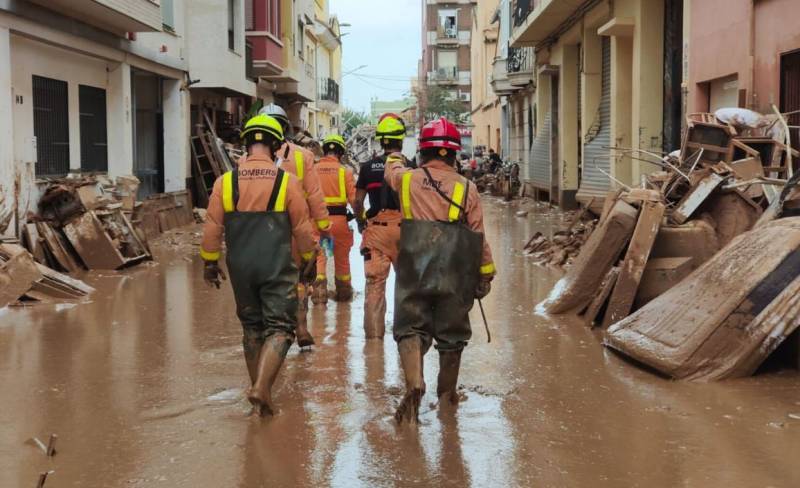
It has been a year since the night of October 29, 2024, when a powerful DANA (isolated high-altitude depression) unleashed Spain’s worst flood of the 21st century across the Valencian province. Torrents of rain turned streets into rivers and towns into lakes, claiming 229 lives, submerging homes and destroying entire neighbourhoods. In just a few hours, billions of euros’ worth of damage was done, marking one of the darkest days in modern Spanish history.
The devastation began inland, where the Magro River burst its banks and flooded Utiel and the Ribera region, while the Poyo ravine near Chiva overflowed after merging with the Gallego and l’Horteta rivers. As the floodwaters surged towards the coast, they swept through l’Horta Sud, a densely populated area in Valencia’s metropolitan region, before spilling into the Albufera lagoon. What followed was a torrent of mud several metres deep, swallowing homes, vehicles and lives in a catastrophe whose echoes still ring loud a year on.
The 2024 DANA: How it all happened
Meteorologists had warned of the approaching storm days in advance, but the scale and speed of the disaster overwhelmed even the most prepared authorities. Within hours, Valencia faced a natural catastrophe of unprecedented proportions.
In the days leading up to the DANA, Aemet, the State Meteorological Agency, had issued warnings of “very heavy rainfall” expected across the region. Universities and several municipalities suspended classes, and emergency services were placed on alert. But when the skies opened that Tuesday morning, no one could have imagined what was to come.
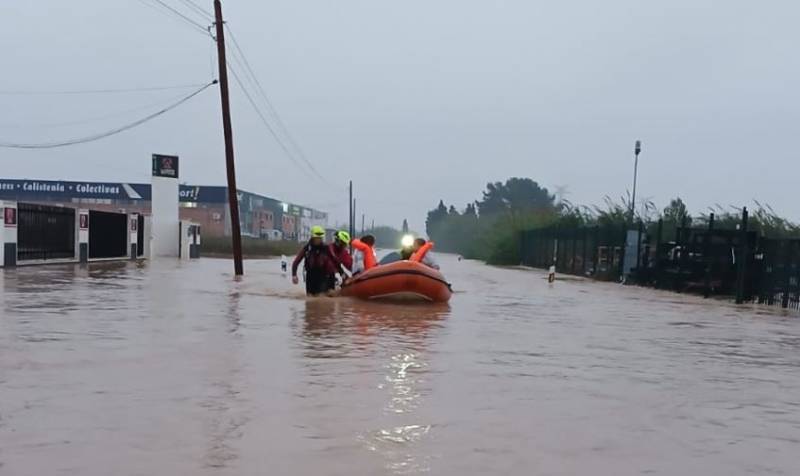
By noon, the Generalitat’s Emergency Coordination Centre had declared a hydrological alert as river levels rose alarmingly. Yet communication failures meant that many residents received the official alert message far too late, at 8.11pm, by which time the worst had already happened. The warning merely advised against travel, without urging people to move to higher floors or take immediate shelter.
Floodwaters trapped people in their homes, garages and vehicles. Some residents managed to survive by clinging to trees or lampposts, while others were rescued from balconies with ropes. In towns like Paiporta and Catarroja, where 45 and 25 people lost their lives, respectively, the destruction was almost total. Even in the city of Valencia itself, three southern districts were inundated, though the new Turia riverbed spared the rest of the city from similar fate.
When daylight broke on October 30, the scale of the disaster was staggering. Streets were buried under mountains of debris – cars piled on top of each other, furniture and rubble mixed with mud, homes filled with sludge. Access roads were destroyed, isolating towns and delaying rescue operations.
No es una fecha fácil para daros los #buenosdías, pero un año después de la #dana:
— Policía Nacional (@policia) October 29, 2025
🤍En nuestra memoria permanece vuestra solidaridad
💙En nuestro corazón, las pérdidas
👮♂️En nuestras manos, el auxilio que prestamos para volver a la normalidad
Como en aquel momento, hoy… pic.twitter.com/9KLwfcpI1T
With official aid slow to arrive, ordinary citizens stepped in. Volunteers from across Spain travelled to Valencia, armed with buckets, brooms and food, to help victims salvage what little remained. Their solidarity became one of the defining images of the tragedy, as people waded through knee-deep mud to deliver meals and clean out homes.
However, frustration quickly grew. The delayed emergency response and lack of communication sparked outrage. When President Pedro Sánchez visited the region days later, emotions ran high and tensions erupted. His car was pelted with rocks and he was forced to turn tail. Carlos Mazón, the President of the Valencian Community, also came in for his fair share of flak, blamed for not having raised the alert quickly enough. For many survivors, these politicians’ visits came too late and their promises of aid felt hollow.
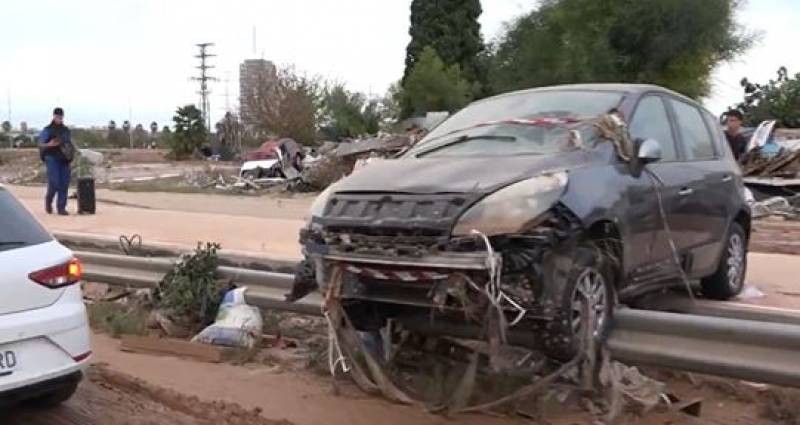 The numbers left in the DANA’s wake are almost beyond comprehension. Over 303,000 people were directly or indirectly affected. More than 564 square kilometres across 75 municipalities – home to one million people – were flooded. Around 144,000 vehicles were destroyed, and 1,450 kilometres of roads, 566 kilometres of railway lines, and 380 bridges and culverts were damaged.
The numbers left in the DANA’s wake are almost beyond comprehension. Over 303,000 people were directly or indirectly affected. More than 564 square kilometres across 75 municipalities – home to one million people – were flooded. Around 144,000 vehicles were destroyed, and 1,450 kilometres of roads, 566 kilometres of railway lines, and 380 bridges and culverts were damaged.The total economic loss surpassed €10 billion. The central government has since reported €8 billion in aid and insurance compensation, while the Generalitat Valenciana claims to have mobilised €2.5 billion in reconstruction and infrastructure projects.
Yet the recovery has been uneven. While large companies have managed to reopen, many small businesses and self-employed workers have not. It is estimated that around 10% of them have closed permanently.
Beyond the financial cost, the human toll remains devastating. More than 80,000 people are estimated to suffer post-traumatic stress from the event. Two of the victims were never found at all, still officially listed as ‘missing’. Their families remain caught in a painful limbo between hope and mourning that the passage of time cannot heal.
Where Valencia stands today
One year on, a judicial investigation continues in a modest court in Catarroja. The case focuses on whether the deaths could have been prevented through better emergency management. So far, two people face charges of reckless homicide and reckless injury: former regional Interior Minister Salomé Pradas and her deputy Emilio Argüeso. Both were dismissed from their posts in the weeks after the tragedy.
The court is examining claims that official alerts were “late and erroneous”, and that their failure to instruct citizens to move to higher floors cost lives.
For many survivors, accountability is as vital as rebuilding. “We can rebuild houses, but not the people we lost,” said a resident of Catarroja. “We need to know why help didn’t come sooner.”
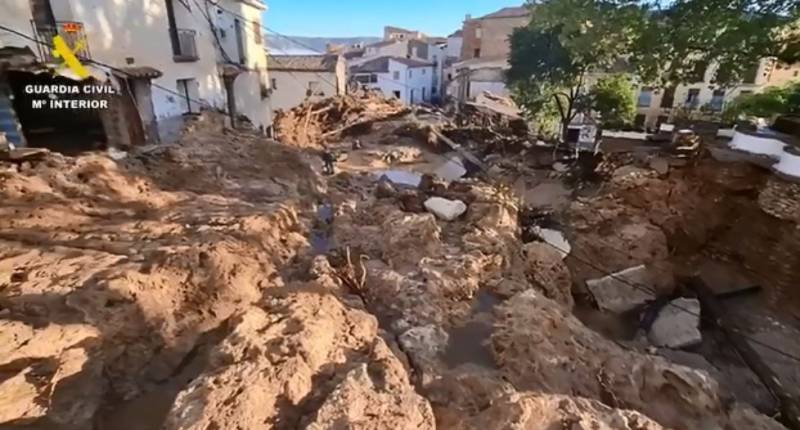 Meanwhile, life in Valencia’s flooded towns is returning, slowly, to a semblance of normality. Streets once filled with wreckage now see children playing and residents shopping again. Yet scars remain, both physical and emotional. In Paiporta, where 56 residents died, mud stains still mark the walls, and the air carries the faint trace of dust from dried sediment. “You can’t get rid of the mud dust,” locals say.
Meanwhile, life in Valencia’s flooded towns is returning, slowly, to a semblance of normality. Streets once filled with wreckage now see children playing and residents shopping again. Yet scars remain, both physical and emotional. In Paiporta, where 56 residents died, mud stains still mark the walls, and the air carries the faint trace of dust from dried sediment. “You can’t get rid of the mud dust,” locals say.Reconstruction moves at different speeds. While some homes have been rebuilt, others remain abandoned. Bridges like the Pont Nou in Paiporta have only recently reopened to pedestrians and traffic disruptions persist.
“It used to take me 15 minutes to get to work. Now it takes me 40,” says resident Beatriz Romeu.
In Algemesí, where the Magro River claimed three lives, life has largely returned to normal. The local bakery on Goya Street reopened a month after the flood, its wood-fired oven surviving the water’s onslaught. But across the street, an old house remains untouched, its windows revealing dried mud lines – a haunting reminder of what was lost.
For local leaders, the psychological wounds are the hardest to heal. In Aldaia, Mayor Guillermo Luján admits that “every time it rains, people panic. We are terrified.”
He stresses the need for structural works to divert ravines and prevent future floods, warning that “if we don’t minimise it, the concern is tremendous.”
Similarly, in Alfafar, Mayor Juan Ramón Adsuara acknowledges that reconstruction could take until 2029 to complete, hindered by bureaucracy and slow hiring processes.
“Life is relatively normal now, but progress is painfully slow,” he says. The reopening of the Alfafar retail park has brought some relief, but many local businesses, especially those owned by people approaching retirement at the time of the flood, have chosen not to reopen. “And it’s understandable,” says Adsuara.
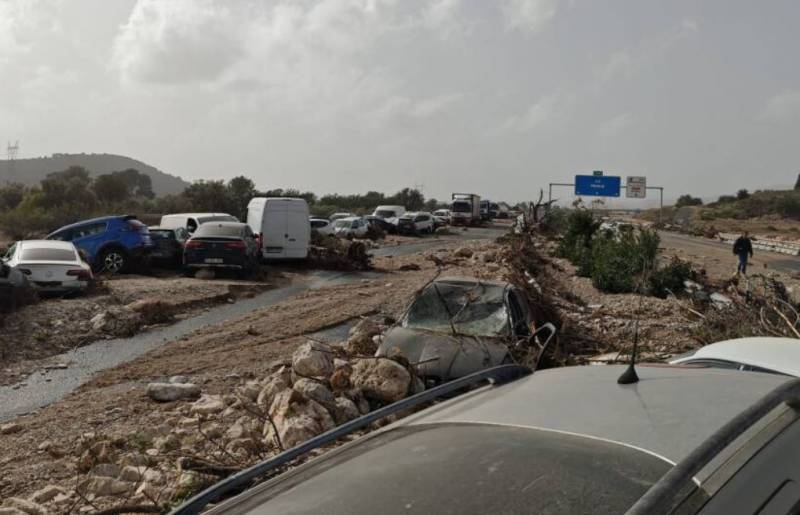
This Wednesday afternoon, October 29, 2025, the City of Arts and Sciences in Valencia will host a state funeral for the victims, attended by King Felipe, Queen Letizia and leaders from across Spain.
For the families of the 229 who died and the two still missing, the ceremony is both a moment of collective mourning and a reminder of unfinished healing.
One year after the flood, Valencia stands between remembrance and resilience. The mud may have dried and the waters receded, but the pain remains embedded in its streets, its walls and the hearts of its people. This is a national tragedy that we will be remembering for many years to come, hopefully never to be repeated.
Images: BombersValencia; Guardia Civil
staff.inc.ali
Loading
Sign up for the Spanish News Today Editors Roundup Weekly Bulletin and get an email with all the week’s news straight to your inbox
Special offer: Subscribe now for 25% off (36.95 euros for 48 Bulletins)
OR
you can sign up to our FREE weekly roundup!
Read some of our recent bulletins:
Discount Special Offer subscription:
36.95€ for 48 Editor’s Weekly News Roundup bulletins!
Please CLICK THE BUTTON to subscribe.
(List price 3 months 12 Bulletins)
Read more stories from around Spain:
Contact Murcia Today: Editorial 000 000 000 /
Office 000 000 000
















